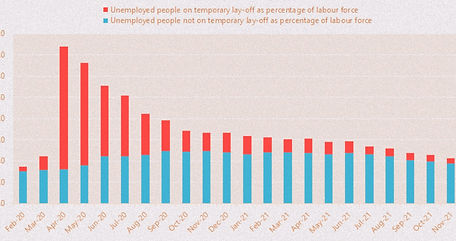With increased consumption, low-cost clothes, and the transition to offshore production in poor nations, the fashion industry has a number of severe social consequences. These negative effects can be found all along the supply chain. In the apparel sector, labor abuse is a major problem. In developing countries with inadequate regulations, fashion is reliant on an exploited labor force. Workers are underpaid, overworked, and subjected to hazardous working conditions or health risks; many are minors. Only two percent of the world's 75 million factory workers make a decent wage, according to estimates. To prevent companies from migrating to a lower-cost country or region, factories limit pay and are hesitant to invest in improving labor conditions. Furthermore, employees frequently reside in areas where waterways have been contaminated by chemicals used in textile dyeing. On April 24, 2013, in Bangladesh, one of the deadliest worker's incidents occurred when an eight-story building collapsed totally. This building, now known as the Rana Plaza, had five clothing manufacturers that had been silently producing low-cost clothing for years. There were 1,138 employees killed and over 2,500 injured in total. Child labour is also a major concern in the apparel sector, estimating that about 170 million children are employed in the industry to meet the demanding manufacturing needs. Although it has decreased by 30% between 2000 and 2012, it remains a big concern that prevents children from attending school. As more low-wage factories enter the market, the global garment production system continues to alter. Western businesses are increasingly shifting factories and even nations with little notice, resulting in workers being unable to secure long-term contracts and being treated as temporary workers or dismissed off. Temporary employees frequently do not receive the same perks as permanent employees, such as health insurance and vacation days. To avoid being trapped into a permanent contract, some manufacturers are hiring more workers on a temporary basis, which means the workers have less job security.

